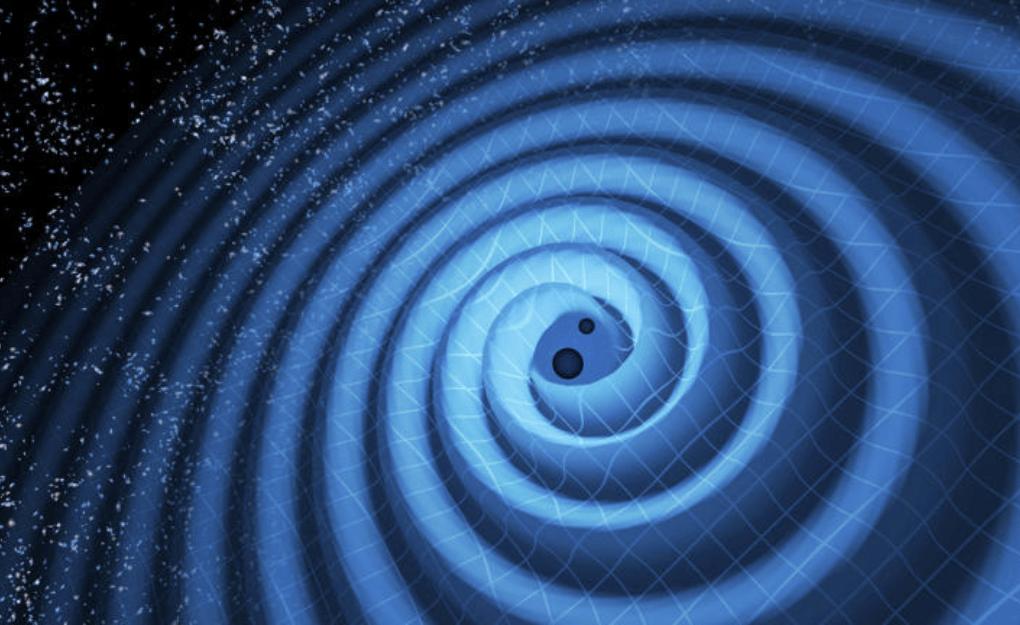Largest Black Hole Merger detected to date has sent ripples—literally and figuratively—across the scientific community. Recently, astronomers identified an unprecedented black hole collision involving two of the most massive black holes ever observed. Detected via gravitational waves, this discovery not only shatters previous records but also defies established astrophysical theories, opening new doors for understanding black hole formation and the evolution of our universe.
Gravitational Waves and Their Detection
Gravitational waves are subtle distortions in spacetime caused by the movement of extremely massive objects. First predicted by Albert Einstein in 1915, these waves were confirmed a century later with the breakthrough detection in 2015 by the Laser Interferometer Gravitational-Wave Observatory (LIGO). Since then, hundreds of similar events have been detected, predominantly black hole and neutron star mergers.
These waves are incredibly faint, requiring instruments with immense sensitivity. LIGO, along with Europe’s Virgo observatory and Japan’s KAGRA, forms a global network that scans the cosmos for these elusive signals. The detection of such waves has revolutionised astrophysics by offering a new way to observe the universe—beyond visible light or other electromagnetic radiation.
The Record-Breaking Black Hole Merger
This latest event stands out as the largest black hole merger ever recorded. Two black holes, weighing approximately 140 and 100 times the mass of the Sun, collided to form a new, single black hole estimated at 225 solar masses. This far exceeds the previous record where black holes of around 80 and 65 solar masses merged.
Such massive objects are classified under intermediate-mass black holes, a category long speculated but rarely confirmed through observation. What makes this event more intriguing is that such high-mass black holes are not expected under current models of stellar evolution. Traditional theory holds that stars massive enough to create these black holes should collapse in supernova explosions or be destroyed entirely through pair-instability processes, leaving no remnant.
Scientific Significance of the Discovery
This discovery is immensely valuable to the field of astrophysics. Black holes between 100–150 solar masses, known as the pair-instability mass gap, are theorised to be extremely rare or non-existent. Yet, here we are with observational proof challenging that notion.
Even more fascinating is that one of the black holes was spinning at nearly the maximum limit allowed by Einstein’s General Theory of Relativity. Such high spin rates introduce further complexities in understanding how such massive black holes form and evolve.
These characteristics suggest the possibility that these black holes may not have formed directly from dying stars but possibly through previous mergers—a process known as hierarchical merging. This idea would require revisions to long-held theories of black hole population synthesis and formation pathways.
Gravitational Waves as a New Window to the Universe
Gravitational waves have become one of the most exciting tools in modern astronomy. Traditional methods of observation—using light, radio, or X-rays—fail to detect non-luminous objects like black holes or phenomena hidden by cosmic dust.
The ability to detect invisible, energetic events through spacetime ripples means we can now study aspects of the universe that were previously out of reach. This has implications not only for understanding black holes but also for exploring the nature of dark matter, dark energy, and the early universe.
Global Efforts in Gravitational Wave Astronomy
The landmark detection was made possible by the LVK collaboration—a partnership between LIGO (USA), Virgo (Italy), and KAGRA (Japan). These observatories work in tandem to triangulate signals and verify the authenticity of gravitational wave events.
India is also stepping into this frontier with LIGO-India, a major observatory project approved by the Indian government. Scheduled to be operational by 2030 in Maharashtra, LIGO-India will enhance the global network’s ability to detect and precisely locate such cosmic occurrences.
The expanded network will not only increase the number of detectable events but also improve signal quality and reduce detection time, allowing for more detailed analysis of each cosmic episode.
Future Prospects and Challenges of the Largest Black Hole Merger
The discovery of the largest black hole merger opens a new chapter in cosmic research. It suggests that there could be more such massive objects lurking in the depths of the universe, waiting to be discovered. It also raises important questions:
- How frequent are such massive mergers?
- What environments allow for such massive black hole formations?
- Could these events help us understand the early universe’s structure and dynamics?
However, the journey ahead isn’t without obstacles. Constructing and maintaining gravitational wave observatories requires enormous financial, technical, and human resources. Atmospheric noise, seismic activity, and engineering limitations still challenge the sensitivity of even our best instruments.
Despite these hurdles, the scientific value of these observations is immense. As more countries join the global collaboration and technology improves, we are likely to uncover deeper cosmic secrets in the coming decades.
Conclusion
The Largest Black Hole Merger ever observed is more than a scientific record—it’s a paradigm shift. It compels scientists to revisit theories of black hole formation, reassess stellar evolution, and refine gravitational wave astronomy. In a universe filled with mysteries, this event is a stark reminder that we’ve only just begun to understand the forces that shape everything—from stars and galaxies to time and space itself.




